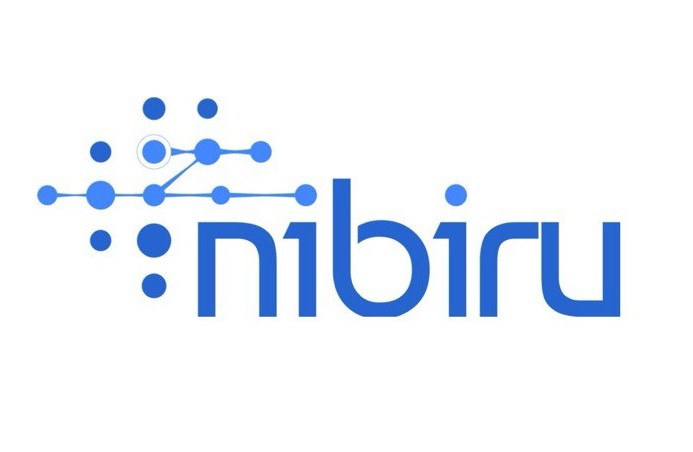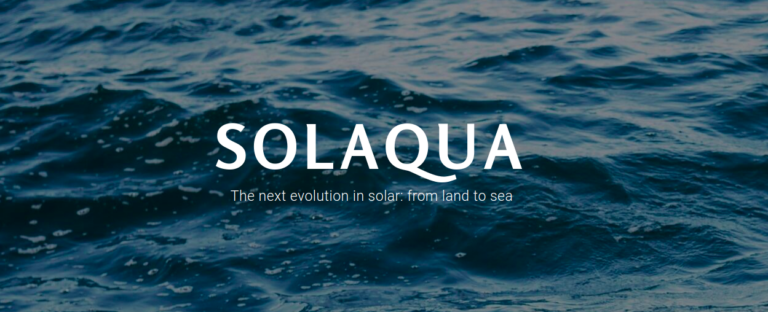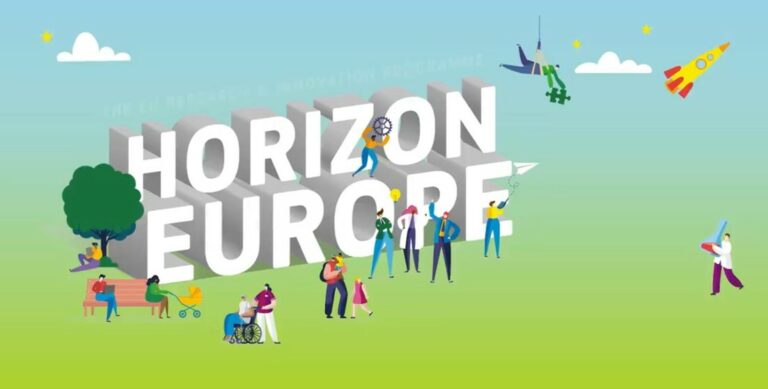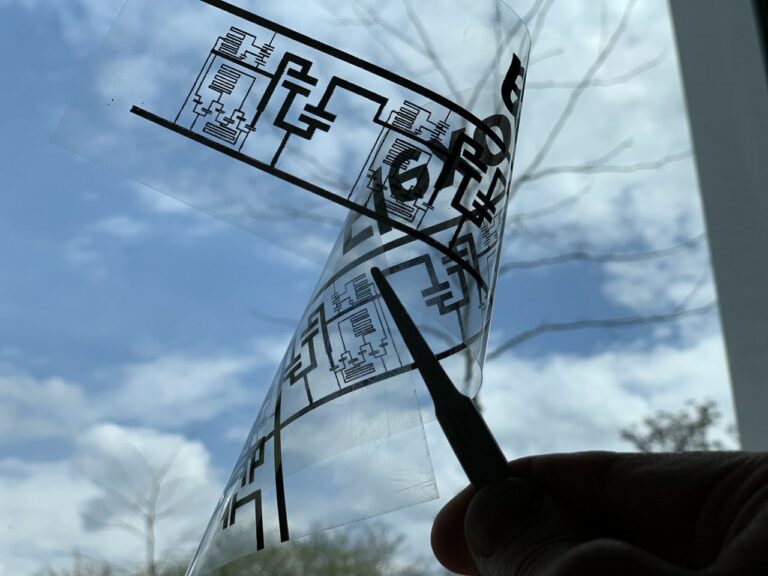AI in Energy
Artificial Intelligence (AI) suddenly became widespread in application with the successful launch of ChatGPT (some people even now say that technology is at its breakthrough, having its ChatGPT moment). No aspect of work-life remains unaffected by this new technology: AI helps to improve texts, create images, recognize forms on images, help analyze complex and large data, and much more. Naturally, the energy sector remains subject to the new technology as a very central and data-dependent sector.
In today’s interview with Jan Bartoš, an energy expert currently working for the international consultancy P3 Group, we learn about the role of AI in the energy sector.
How did You End up on the Topic of AI?
That’s very simple: I worked for the Czech transmission system operator ČEPS in the Department of Innovations and Digitalization. Artificial intelligence was one of the key trends we wanted to introduce into the company, along with other topics that we wanted to follow up on, such as drones, virtual reality, or blockchain.
To tackle these topics, we would select a highly skilled institution and collaborate with them. Our first cooperation on AI was with the Western Bohemian University in Plzeň. They have an excellent team for AI, and they also understand energy topics very well. We started compiling a study that describes what the technology is about, how it could help, and how it is already helping in other industries if it’s already being used. And finally, we started working on pilot projects and proofs of concepts and see if that could work in ČEPS. This was all well before the massive advent of Large Language Models (LLMs) such as ChatGPT.
What are the Possible Use Cases for the Grid Operator?
For example, an AI-based algorithm for predicting grid losses has already been used.
While working on this algorithm, we also started communicating with companies, startups, and other institutions working on AI to see what is trending and what is available. This raised the question of a strategy for AI, tackling various questions like: How do you select a use case? Is that use case something that can or should be resolved with AI, or are you going better with more traditional methods? Do I have sufficient good-quality data? Is new data available that can be fed to retrain the models?
We also searched within our company for use cases by asking our colleagues what they thought could be automated or where an AI would help. We found use cases in security, cyber security, asset management, human resources, and many other areas using this approach. We started to build a database.
In many other energy companies, there are already a lot of AI use cases in practice, usually when large amounts of data are available. For example prediction algorithms range from energy consumption, trade patterns, prices, and weather predictions (relevant to predicting the intermittent forms of energy such as solar and wind) to cyber security and more. In the case of cyber security, AI analyzes communications and behavior in the network and then gives alerts in case of a detected danger. This, of course, has applications far beyond the energy sector.
Another very interesting use case we are developing involves picture recognition for infrastructure control. Currently, the defects in the energy infrastructure need to be identified by the human eye – the idea is to replace it with AI-powered recognition. Training the AI is critical since it needs to recognize all sorts of defects. So, if you have a broken concrete – this is what it looks like from above, from an angle, from the side, and so on. The catalog of defects is enormous: It goes from bird droppings, moved wires, burned wires due to lightning, and broken insulations to rust on different pieces of infrastructure. Once fully implemented, a drone could fly over the infrastructure autonomously and identify the defects.
Another example where AI is already in practical use in the energy sector are distribution companies, one level below the transmission, where we deal with lower voltage. So we are talking about the guys that bring electricity into your house, and they also have a lot of infrastructure, even more than the transmission grids. This infrastructure can come close to vegetation, such as a forest or some tree branches, which can cause maintenance problems. AI can be used together with satellite or air mapping: It can take photos and identify points where vegetation is getting too close to the infrastructure. This can be combined nicely with some predictive mechanisms for the growth of the plants, for example.
What are You Currently Working on?
I am still working with TSOs and other energy companies and helping them deal with challenges of the energy transition. AI and more generally processing of large amounts of data will play a crucial role in it, but this needs to be done in a more complex way. The mindset of the whole sector is slowly changing and adapting to a paradigm shift – they are no longer just stable and conservative operators of sophisticated hardware to transfer energy from A to B, now they are also becoming IT companies, they need to onboard lots of different innovation, learn how to work with start-ups, new agile ways of organizing projects, etc. And we can certainly help with all that.
AI and Ethics
A major issue is the conjunction of ethics and legal questions. If we are a very important company dealing with critical infrastructure, we might start thinking about automating critical processes. The danger is that decisions made by AI could lead to major damages or economic losses. The company needs to be aware of these questions and ask themselves:
- What is the boundary of AI?
- Who is responsible for it?
- Who is accountable for it?
We have to be aware that many available AIs are black boxes, where you have no idea what’s happening inside or how it reaches a particular decision. This is especially bad if the AI makes decisions that lead to mistakes – and you want to learn from mistakes to avoid them in the future. But how can you learn from it if you don’t know how the decision was made?
So you want to know how a decision was reached, what the AI did inside, and which data point it used to get a conclusion. Then, non-technical questions arose, and we collaborated with philosophers, ethics professors, lawyers, Cyber security experts, and even theologists involved—a large group of people. The non-technical task was to raise awareness about these issues and then develop and include acode of conduct on AI for the company. Now, there is also a European legislation, first of its kind, that regulates AI in this respect, the EU AI Act.
AI after ChatGPT
These considerations were still started before the boom of widespread awareness of AI through ChatGPT. Still, its launch changed everything and opened a new chapter of non-specific use cases – and we need to think about under which conditions employees should use it.
The difference is the following: In a specific use case, the algorithm is suited for the particular operation you want to automate or analyze, as in the example of picture recognition for infrastructure control. The non-specific use case is a general model that can answer various tasks, such as: “Can you help me design this presentation?” or “What should I eat today?“ In other words, everything that you are using ChatGPT for. This made AI much more available and accessible to non-expert people because instead of doing specific programming, you need to type a prompt, and the AI will do what you want.
However, the critical question for companies is: How should I let my employees use it to improve their work without worrying about losing my confidential data? Also, because AI like ChatGPT talks to you like a human, you won’t question their internal “thinking” processes, rendering them a black box. This trust in the algorithm is a real problem because such models often hallucinate and can make up details. They are beneficial tools and boost efficiency while making life easier – it is only necessary to remember that results must be verified independently.
Regulatory Aspects of AI
In the European Union, a new piece of legislation, the EU AI Act, somehow regulates how AI can and cannot be used. It’s a pyramid of risk divided into different layers or tiers based on the significance of the risk. It then creates certain specific rules on deploying or not deploying artificial intelligence. This is especially important for companies involving critical processes or infrastructure, such as energy companies. But there are also others: Manufacturers, transport companies, the health and finance sector, and many more – all of them want to be well prepared.
The second relevant legislation is the EU Data Act, which sets rules on accessing and treating data in the EU; of course, AI is very related to data.
We can help with analyzing the impact of these new legislations on our clients’ businesses.
How Does AI Shape the Job Market in the Energy Sector?
Commonly, a big topic in people’s minds is the impact of new technology on employment: Any new technology kills many jobs but also creates many more. It is natural that people worry about being replaced in their job positions, but I think AI is very good at helping people rather than automating everything.
Also, let’s think about the boost in efficiency opening many opportunities: the energy sector already needs more skilled people, so AI can help fill some gaps. The lack of people causes these gaps, and because working experts’ jobs are often congested by repetitive tasks, they need more time to do the skilled job for which they are trained. AI can be a big help for these kinds of tasks.
Talking again about maintenance: if you combine virtual reality (VR) Goggles with a camera-bearing drone, it is possible to make the presence of a technician at the spot unnecessary; they will see the real-life situation through their goggles – and thus save a lot of time in commuting. Next to VR is AR – augmented reality – which means that the user sees the real world through the goggles, but artificial projections are added to it (a famous example was the hype of Pokemon Go). In our field, for example, they can be used for technicians who might be less skilled than other colleagues with a lot of experience but who cannot travel to multiple locations simultaneously. They can communicate through the goggles, project the documentation and maintenance manuals, and highlight some relevant equipment using AR technology. This can help many people and make them faster in their decision-making in the field.
The Energy Market and the Weather Predictions
Google has used DeepMind to forecast weather using generative AI, exceeding significantly the predictive power and also speed of traditional models. NVIDIA is working on a similar thing with their Digital Twin of the Earth. This has three significant implications:
Firstly, due to the energy transition, intermittent energies such as solar and wind become increasingly important – and they are essentially dependent on the weather, so better weather predictions become more critical.
Secondly, if you can predict that it will be very cloudy and cold today in one region, you can predict the increased usage of lighting and heating in this region—so we can partially predict even the consumption.
Thirdly, with climate change, extreme weather phenomena such as hurricanes, tornadoes, storms, heavy rainfalls, and more become increasingly frequent realities. They can cause significant damage to the infrastructure. If they can be predicted, protective measures can be taken or at least you can better prepare for the aftermath.
All in all, the impact of such predictions becomes increasingly relevant as we become more decentralized.
Whom to Contact?
Are you feeling inspired by this exciting idea and eager to explore more? Reach out to Jan for a delightful discussion or learn more about the work of the P3 consultancy Group. Check out also our other interview with Jan about how the electrical grid keeps its balance.






